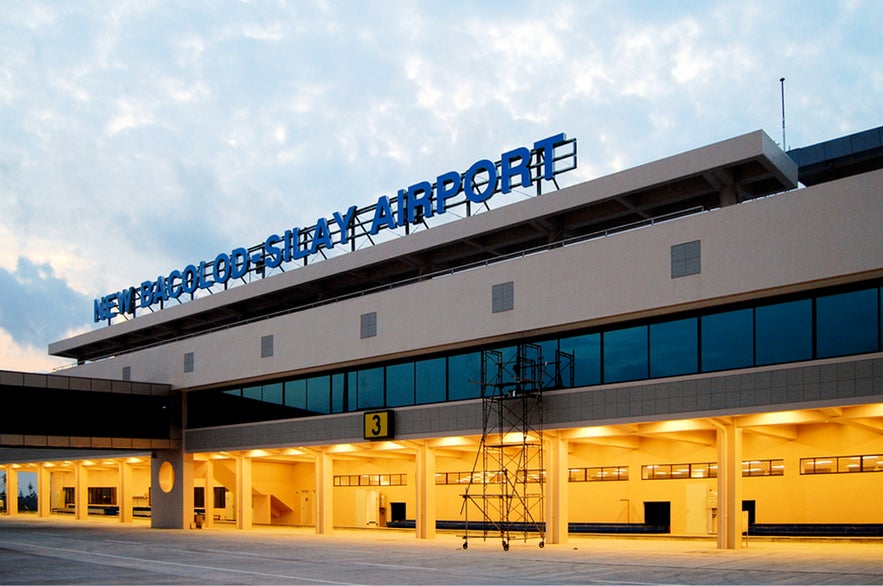
Bacolod-Silay Airport, located in the city of Silay, serves as the primary gateway to the vibrant city of Bacolod and the rich sugar heritage of the Western Visayas region.
Just 30 minutes from downtown Bacolod City, this modern airport provides easy access to a region teeming with cultural charm and culinary delights.
Travelers arriving via Bacolod-Silay Airport are just a short ride away from Silay City’s well-preserved ancestral homes, earning it the nickname “Paris of Negros.” History buffs will love the Balay Negrense and Hofileña Ancestral House, while nearby heritage churches add to the old-world ambiance of this elegant destination in the Philippines.
Bacolod-Silay Airport is more than a travel hub—it’s a launchpad to unique local experiences that rival those of more famous destinations, such as Iloilo City or Cebu Province.









